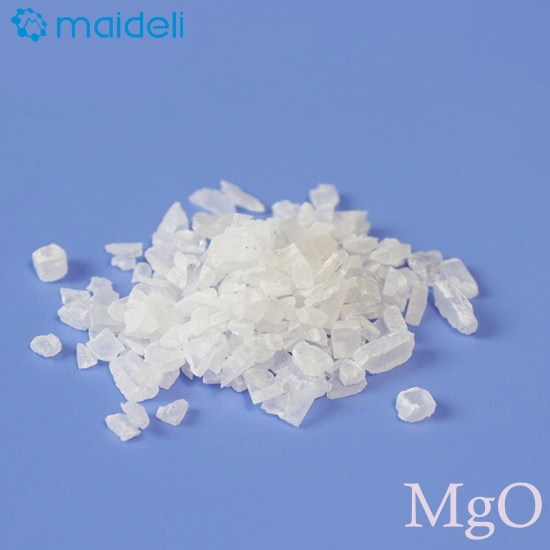

The spall strength decreased rapidly when release melting occurred, while the downtrend of the spall strength became gentle during shock melting. found that release melting and shock melting occurred when the shock velocities increased in the metal tin via MD. They demonstrated the correlation between GB structure, GB plasticity mechanism, and the resulting spall strength.

studied the effect of grain boundaries (GBs) on spall behavior in the metal Ta by MD simulations. performed MD simulations of shock-induced spallation in polycrystalline iron and found that spall damage was strongly affected by the phase transition, leading to the change of fracture surface morphology. Agarwal and Dongare investigated the effects of loading direction, impact pressure, and initial temperature on spallation of single-crystal magnesium with MD simulations, and found that the spall strength decreased with the increase in impact strength and initial temperature. The results showed that the spall strength of Taylor wave loading was higher than that of square shock loading at the same shock velocities. studied spall damage of single-crystal Cu under square and Taylor shock wave loading using MD simulations. Molecular dynamics (MD) simulations make it possible to study atomic level evolution of microstructure, and have been widely used to investigate the dynamic failure behavior in different materials. However, it was difficult to describe and identify the individual contributions of various microscopic processes to the overall material reaction because of the very short time and length scale of the processes involved.
#Singlecrystal magnesium free#
In experiments, the study of spall failure was to obtain effective information about spall strength (σ sp) and dynamics by measuring and analyzing the velocity history of free surface of the samples. By using a laser shock, the spall strength and fragmentation of single-crystal magnesium at very high strain rates of about 10 7 s −1 were provided. compared the spall strength of four aluminum materials and discussed the damage mechanism by plate impact experiments. Experimentally, the most widely used methods to investigate spall failure are plate impact experiments or laser pulse.

Spallation is an important subject in dynamic damage research, which can be observed in the local tensile stress region caused by the interaction of the unloading compression wave and rarefaction wave formed from the free surface of the target. The relevant results can provide a reference for future investigations on spall damage. We also investigated the variation of spall strength between perfect and defective Mg at different shock velocities. Void evolution during spallation is mainly based on the emission mechanism of dislocations. The degree of spall damage is probably determined by a competitive mechanism between energy absorption and stress attenuation induced by plastic deformation. In contrast, for shock along the orientation, vacancy defects not only provide the nucleation sites for compression-induced plasticity, which mainly involves crystallographic reorientation, phase transition, and stacking faults, but also significantly reduce spall damage. For shock along the direction, vacancy defects have a negligible effect on compression-induced plasticity, but play a role in increasing spall damage. The simulation results show that the effects of vacancy defects are strongly dependent on the shock directions. The initial vacancy concentration ( C v) ranges from 0% to 2.0%, and the shock loading is applied along and directions. The effect of vacancies on dynamic response and spallation in single-crystal magnesium (Mg) is investigated by nonequilibrium molecular dynamics simulations.


 0 kommentar(er)
0 kommentar(er)
